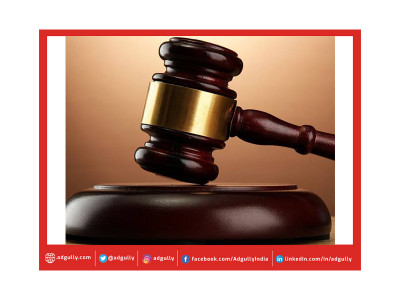Supreme Court hearing on NTO 2.0 case today: Some key points to consider
The Supreme Court will start the hearing on the New Tariff Order 2.0 (NTO 2.0) case today. It was on November 30, 2021, that the apex court adjourned the hearings to February 15, 2022 on the appeal filed by the IBDF (Indian Broadcasting and Digital Foundation) and a couple of leading broadcasters against the Bombay High Court’s verdict on NTO 2.0.
Supreme Court will decide the constitutionality of TRAI’s regulations imposing a limit on the price the broadcasters can charge for a bouquet of channels. The court will decide whether the TRAI regulations violate the broadcasters’ right to freedom of expression and their right to engage in free trade.
The IBDF had termed the Bombay High Court’s order “erroneous” and “liable to be set aside”, stating that the order has “incorrectly read” into Article 19(2) by applying an additional requirement of public interest in the interpretation of a broadcaster’s right to freedom of speech and expression under Article 19(1)(a).
The legal fight between the Indian broadcasters and TRAI is dragging on with no immediate end in sight. In fact, it has been three years since the regulator has started regulating the pricing process. The industry has not achieved anything substantial from the whole process. On the other hand, it has resulted in a protracted legal battle.
The more-than-a-year legal battle does not seem to end any time soon, according to industry insiders. “This will go on till April. The order will come out only after the court reopens after the summer vacation. It is a matter of policy and as such it will take some time. It is good for the broadcasters as long as the verdict is extended,” said an industry insider preferring anonymity.
“We cannot predict what the verdict will be. Let us see how the arguments go. IBDF, and major broadcasters likes Sony, Star, ZEE, Viacom18, Sun TV will submit their submissions today,” he added.
According to him, IBDF will again push for a stay. It will go on. The cable industry will lose and that is why they are up against the broadcasting industry, he observed.
Recently, TRAI postponed the deadline to implement the new pricing regime until June 1, 2022, giving a breather to the television industry, already reeling under the pangs of the pandemic. The telecom regulator’s decision was primarily in reaction to the representations made by industry stakeholders, mainly the DPOs.
Major broadcasters, such as TV18 Broadcast, Zee Entertainment Enterprises Ltd, Sony Pictures Networks India, etc., published Reference Interconnect Offer (RIO) in preparation for the new pricing order towards the end of last year.
The broadcasters’ prime contention is that TRAI’s stipulation to provide channels on a la carte basis will increase cable bills. The channel price in a bouquet should not exceed Rs 12 as per the new pricing order. The broadcasters smartly removed their flagship channels from bouquets, pricing them individually above Rs 20. This had the cable operators fuming. The cable industry has expressed concern over the RIO. All India Digital Cable Federation (AIDCF) has registered its protest with TRAI over the major increase in flagship channel prices.
Cable operators are apprehensive about implementing TRAI’s new pricing order in its present structure, as it will lead to a “substantial loss of subscriber base and livelihood of the LCOs… as subscribers will not be able to bear additional costs and expenses”. And add to that, the cable operators wanted to increase Network Capacity Fee (NCF), which will definitely add to the cable bills.






Share
Facebook
YouTube
Tweet
Twitter
LinkedIn